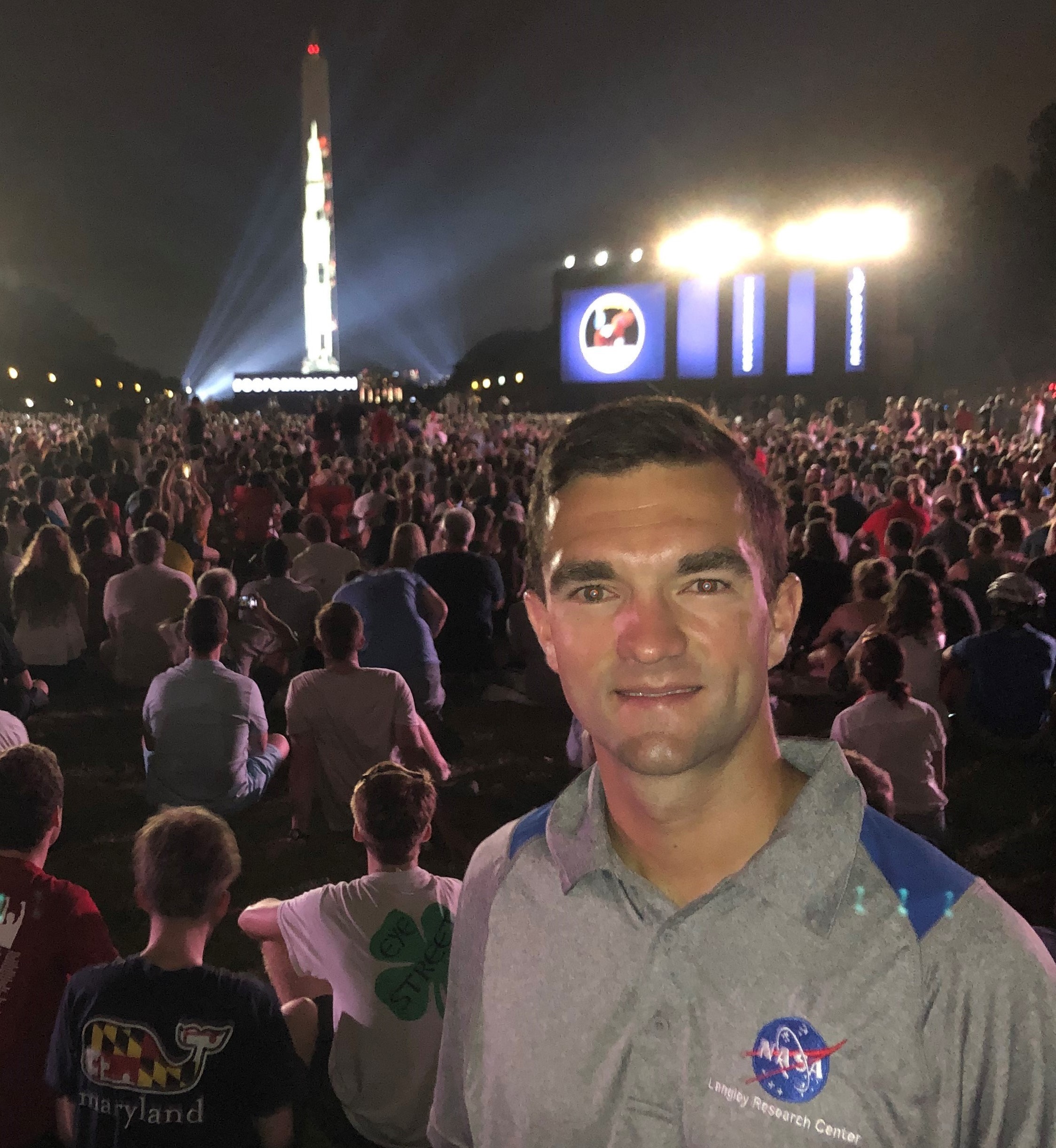NASA Webinar: System for In-situ Defect Detection in Composites
Innovators at the NASA Langley Research Center, in collaboration with Analytical Mechanics Associates, have developed an automated ultrasonic scanning system for in-situ cure monitoring and defect detection of composites in an autoclave or an oven.
This inspection system is based on an ultrasonic scanner that operates inside an autoclave using active cooling of the temperature-sensitive electronics. The system continually scans for any defects that may form in composites during the cure process and tracks movement of defects originating during layup or cure. Typically, non-destructive evaluation of composites, by ultrasound or other means, is conducted either before or after the cure process, but many defects form and evolve during cure.
NASA's in-situ cure monitoring system, by contrast, provides real-time knowledge of defect (e.g., porosity) location and quantity during cure. This offers a better understanding of defect sources and sinks, accurate validation of process models for the prediction of cure defects, and the ability to control processing parameters during cure based on real-time measurements. These benefits result in more efficient process development, shortened certification time, reduction in off-spec parts, and increased production throughput.
Besides aerospace applications, the system can be useful in any application where composite structures are utilized, such as automotive components, marine structures, high speed rail sections, wind turbine blades, and many more.
During the webinar, you will learn how NASA’s technologies and capabilities are available to industry and other organizations through NASA’s Technology Transfer Program.
For more information on the technology, please click here.

Dr. Tyler Hudson joined the Advanced Materials and Processing Branch (AMPB) as a Materials Research Engineer in March 2018. He began his research at NASA Langley Research Center in May 2014 as a Graduate Research Assistant with the National Institute of Aerospace (NIA). His research has focused on manufacturing and process monitoring of advanced aerospace composite structures. He has made significant technical contributions to NASA projects within the Aeronautics Research Mission Directorate (ARMD) and Space Technology Mission Directorate (STMD).
Dr. Hudson has authored four (three published to date) peer-reviewed journal papers (all as first author) and eleven conference proceedings papers. In addition, he is the first inventor on three non-provisional patent applications filed at the United States Patent and Trade Office (USPTO) and a co-inventor on a fourth technology where a New Technology Report has been submitted to NASA’s Technology Transfer Office.
Dr. Hudson recently received the AIAA Hampton Roads Section 2020 Robert A. Mitcheltree Young Engineer of the Year Award, the Peninsula Engineers Council (PEC) 2020 Doug Ensor Young Engineer of the Year Award, and a NASA Early Career Achievement Medal.




